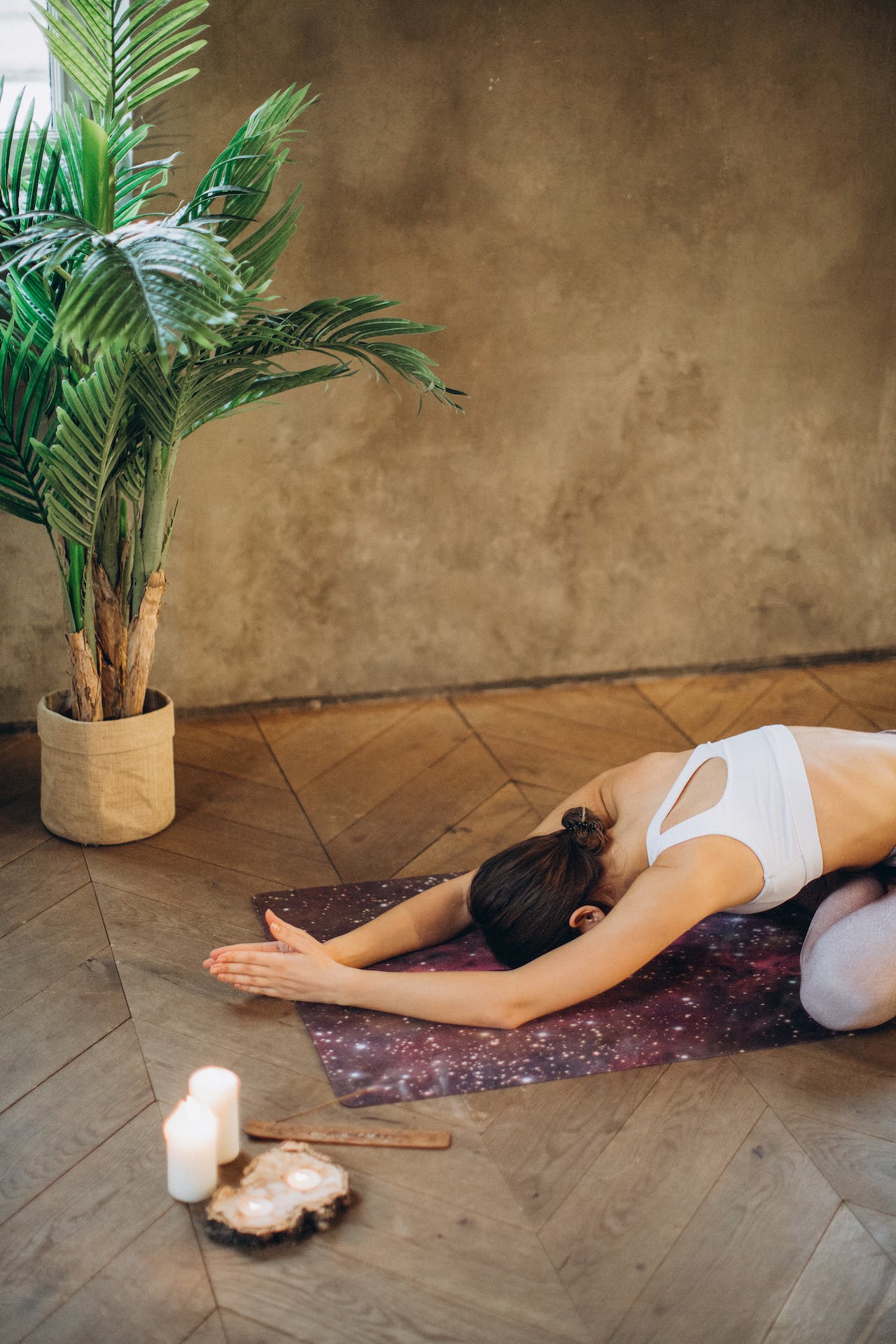The Basics of Mindfulness Meditation
A ubiquitous term with myriad interpretations, mindfulness at its core simply means maintaining present-moment awareness with openness and curiosity. By paying close attention without judgment to our thoughts, emotions and physical sensations as they unfold, we perceive reality more clearly. Regular mindfulness meditation practice confers countless practical life benefits from this expanded perspective.
Understanding Mindfulness
Jon Kabat-Zinn, founder of Mindfulness-Based Stress Reduction (MBSR), describes mindfulness as awareness intentionally cultivated by "paying attention in a particular way, on purpose, in the present moment and non-judgmentally.” Training that intentionality develops three vital capacities:
Self-Awareness
Noticing thought and emotional patterns as well as subtle physical feelings allows us to recognize habitual reactions playing out unconsciously. Creating space between stimulus and response gives room to choose wisely.
Present Focus
Becoming immersed in the full sensory experience of each moment pulls us out of regrets about the past and worries concerning the future. Direct contact with the vivid aliveness of now replaces theorizing about life with living it.
Non-Judgment
By simply observing whatever arises without analysis of good/bad, right/wrong, mindfulness allows reality to unfold organically. Letting go of fixed opinions makes way for greater acceptance and insight.
A Brief History
Origins of mindfulness meditation trace back over 2,500 years to spiritual seekers in ancient India exploring consciousness. Revived in Buddhism, 20th century masters like Vietnam's Thich Nhat Hanh introduced the West to its secular practice. Jon Kabat-Zinn launched the mindfulness revolution in 1979 when he founded MBSR, using it to successfully treat chronically ill people at the University of Massachusetts Medical School. Brain imaging and clinical research since explain its potency. Today “McMindfulness” permeates mainstream culture, but authentic traditions still ground its psychological and health advantages.
Key Benefits
Studies substantiate mindfulness meditation's positive impact on both physical and mental well-being. Regular practice contributes to:
Reduced Stress
By lowering stress hormone levels and stimulating relaxation pathways in the brain, mindfulness releases tension lodged in the body. This protects cardiovascular health, sharpens immunity against disease and buffers emotional reactivity.
Enhanced Clarity
Activating attention networks in the brain builds focus muscles to hone concentration and heighten alertness. As distorted thought patterns drop away, perspective expands with improved critical thinking skills and decision making.
Boosted Immunity
Mindfulness calms inflammatory pathways by reducing blood concentrations of pro-inflammatory genes while activating innate antiviral ones. Besides guarding physical health, lowering inflammation brightens mood and enhancing resilience.
Implementing Techniques
Myriad mindfulness meditation techniques exist, but three core approaches offer beginners simple methods to try:
Body Scan
Done lying down, this systematically moves attention through different regions of physical sensation across the entire body to release hold of habitual tension.
Breath Focus
Attending to the continuous flow of inhales and exhales anchors awareness in present moment experience while eliciting physiological relaxation. It remains the most universal mindfulness technique.
Noting Thoughts
Here practitioners label thought content briefly as “planning,” “judging,” “remembering” etc. before returning attention to the breath. Simply observing thoughts with detachment diffuses rumination.
Overcoming Obstacles
Despite proven benefits, common roadblocks sometimes obstruct a mindfulness practice from flourishing. But forewarned is forearmed against them:
Boredom
Our addiction to constant sensory stimulation often leaves us impatient sitting quietly. But simple awareness offers endless depth once interested enough to access it. Some days will feel duller than others but allowing experiences as they are ultimately uncovers richness.
Discouragement
Self-discipline challenges plague beginners before the fruits of practice mature enough to harvest as motivation. Scheduling sessions, tracking progress, reading inspirational texts and joining support groups helps counter impatience.
Pain or Discomfort
Sitting still often unmasks physical pain or distress masked during busier times. Experiment with alternate postures or props like cushions. Rather than resisting pain, mindfully observe how its sensations change moment-to-moment. This helps remedy perspectives magnifying discomfort.
Committing to Daily Practice
Optimizing wellness and performance advantages from mindfulness requires dedicating to routine training just like physical exercise. Here’s how to start strong:
Set a Consistent Time
Practicing daily matters more than duration when beginning so identify realistic time slots and stick to them. Integrate sessions into your regular schedule between existing activities.
Start Slowly
Even 5-10 minutes once or twice a day confers benefits so don’t overcommit initially. Once this becomes an automatic habit, gradually increase session length. But don’t quit on days lacking motivation. Just sit briefly even with minimal energy.
Record Experiences
Journal progress regularly. Writing about insights, challenges and milestones crystallizes learning plus fosters self-awareness. Having a record of advancement keeps you on track too.
Conclusion
A profound invitation to inhabit each moment as it unfolds, mindfulness meditation trains powerful capacities for finding stability within turbulent mental weather. By repeatedly return attention to the breath without judgement whenever the mind wander, we come home to the present instead of getting blown about by regrets, worries and obligations. Over time, consciousness rests more frequently upon its own ground. No matter what emotional storms shake the world outside, inside we gain increasing access to the peaceful sanctuary of now.
FAQs
What are the benefits of mindfulness meditation?
Over 500 scientific studies confirm regular mindfulness meditation practice reduces stress, elevates mood, sharpens mental faculties like focus and memory while also boosting immunity against disease as well as quickening recovery.
How is basic seated mindfulness meditation done? Sit comfortably with spine erect. Close eyes or retain a soft downward gaze. Bring full attention to physical sensations of breathing without manipulating it. When attention drifts, gently return focus to the breath again. Start sessions as brief as 5 minutes building up to longer durations with practice.
How does mindfulness meditation differ from transcendental meditation?
Where TM uses a mantra and visualizations to effortlessly transcend thinking awareness altogether, mindfulness meditation maintains continual focus upon cognitive and sensory experience without getting involved in thoughts.
Is there a proper way to breathe during meditation? Mindfulness supports leaving breathing unchanged to heighten proprioceptive awareness of physical sensations associated with inhales and exhales. No need to control pace or depth. Just experience each breath as it naturally arises and dissolves.
Can I practice mindfulness meditation on my own? You don’t need any special qualifications to begin exploring mindfulness meditation independently. But seeking out books, videos, apps or local meditation groups can provide encouragement plus techniques to help establish a steady self-directed practice maximizing benefits.


